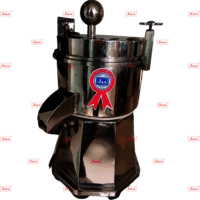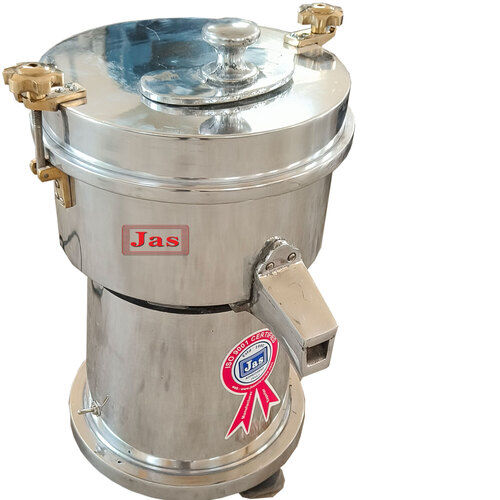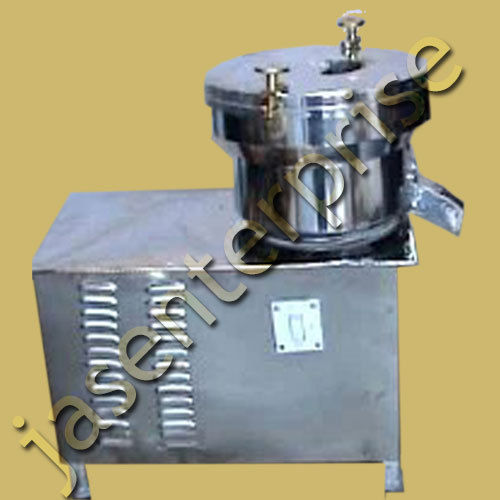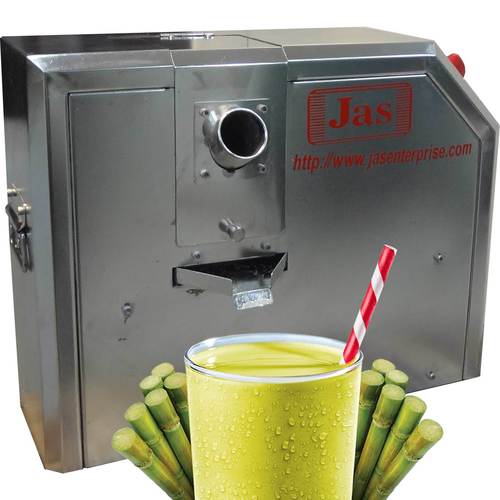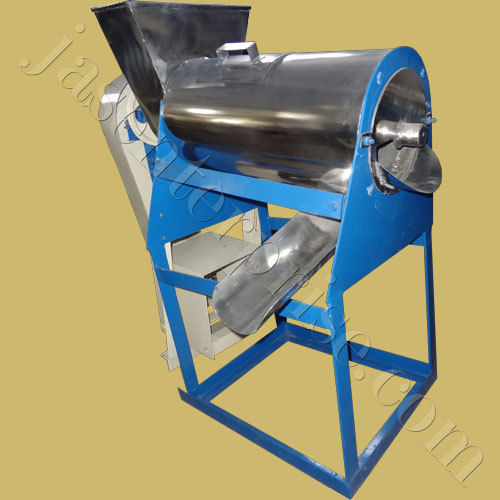

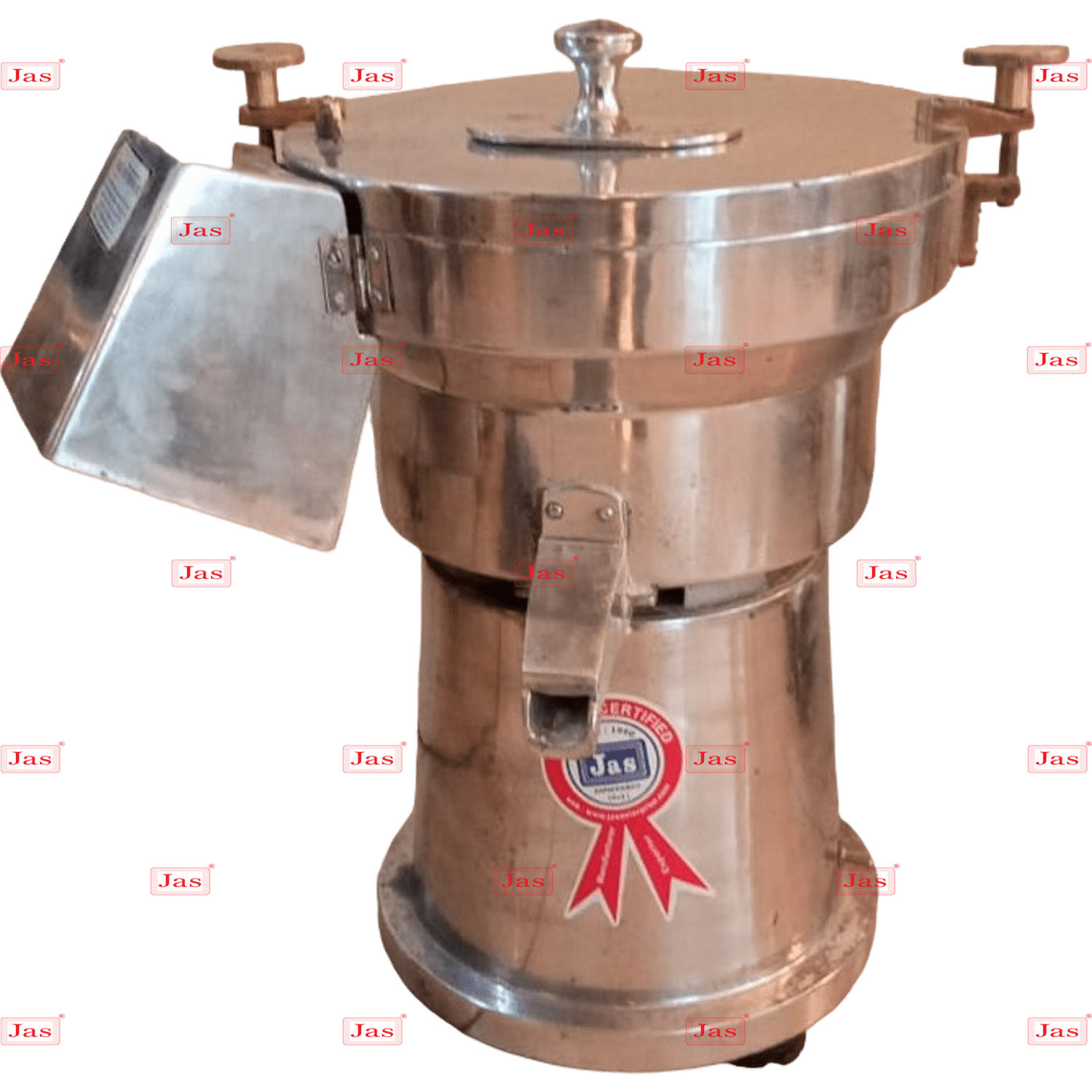
Fruit Juice Plants
10500 आईएनआर/Unit
उत्पाद विवरण:
- क्षमता 2-60 GLASS AT A TIME
- ऑटोमेटिक
- वोल्टेज वोल्ट (v)
- फ़ीचर
- अधिक देखने के लिए क्लिक करें
X
मूल्य और मात्रा
- 1
उत्पाद की विशेषताएं
- वोल्ट (v)
- 2-60 GLASS AT A TIME
व्यापार सूचना
- ISO
उत्पाद वर्णन
Receiving and Inspection
- Receiving: Fruits are delivered to the plant, usually in bulk.
- Inspection: Quality control checks for ripeness, damage, and cleanliness.
2. Washing and Sorting
- Washing: Fruits are thoroughly washed to remove dirt, pesticides, and other contaminants.
- Sorting: Fruits are sorted by size, ripeness, and type to ensure uniform quality in the final product.
3. Extraction
- Juice Extraction: Different methods are used depending on the type of fruit and the desired juice quality. Common methods include:
- Pressing: Mechanical presses extract juice by squeezing the fruit.
- Centrifugation: A centrifuge spins the fruit to separate the juice from the pulp.
- Enzymatic Methods: Enzymes are used to break down the fruit™s cell walls, making it easier to extract the juice.
4. Clarification and Filtration
- Clarification: Removing pulp, sediment, and other particulates from the juice.
- Filtration: Fine filtration to ensure a clear, smooth juice.
5. Pasteurization
- Heat Treatment: Juice is heated to kill bacteria and extend shelf life. This can be done through:
- High-Temperature Short-Time (HTST): Quickly heating the juice to a high temperature.
- Ultra-High Temperature (UHT): Heating juice to an even higher temperature for longer shelf life.
6. Concentration (Optional)
- Evaporation: Removing a portion of the water from the juice to create a concentrate, which is easier and more economical to transport.
7. Blending and Additives
- Blending: Combining different juice batches or types to achieve the desired flavor and consistency.
- Additives: Adding preservatives, flavorings, or vitamins if necessary.
8. Packaging
- Filling: Juice is filled into containers such as bottles, cartons, or cans.
- Sealing: Containers are sealed to maintain freshness and prevent contamination.
- Labeling: Containers are labeled with product information, including nutritional facts and expiration dates.
9. Storage and Distribution
- Storage: Finished products are stored in warehouses until they are shipped out.
- Distribution: Juice is distributed to retailers, restaurants, or directly to consumers.
क्रय आवश्यकता विवरण दर्ज करें

